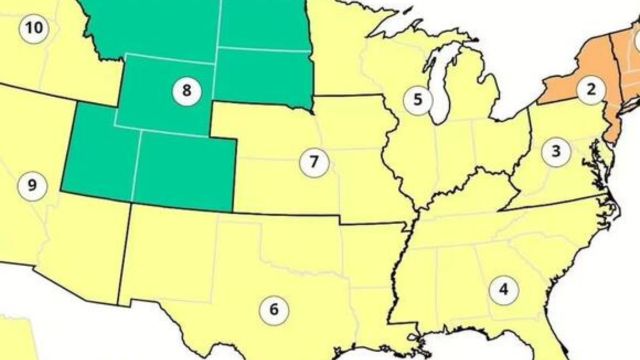Alaska, known for its amazing scenery and rich cultural diversity, also has a more negative image due to corruption. Alaska is once again the most corrupt state in the union, according to recent research from Illinois State University’s Institute for Corruption Studies. This blog post explores the rationale behind this designation, looking at its origins, effects, and possible solutions.
Calculating Corruption
The disproportionately high rate of corruption in Alaska was brought to light by the report’s analysis of public corruption prosecutions per capita from 1976 to 2023. The director of the Institute and author of the report, Oguzhan Dincer, stressed the validity of utilizing convictions for public corruption as a proxy. Specifically, federal prosecutions provide information about high-level corruption—a focus that is essential for a thorough examination.
The Factors That Cause Alaska’s Corruption
The high levels of corruption in Alaska are caused by several factors:
- Geography: Alaska’s large, thinly populated landmass and severe climate make monitoring and law enforcement difficult. Secluded places, particularly those in rural areas, serve as havens for corruption, and the state’s long coastline and maritime sector make it more vulnerable to criminal operations like fishing and smuggling.
- Resources: Alaska’s richness is both a blessing and a curse because of its abundance of natural resources, which include minerals, oil, gas, fish, and gas. These resources support economic expansion, but they also draw corruption, as seen by previous incidents like the Pebble Mine issue and the Exxon Valdez oil spill.
- Politics: Alaska’s complex political system, which is shaped by the federal government, Native American-owned businesses, and the oil and gas sectors, creates an atmosphere that is conducive to corruption. Governance is made more difficult by the frequent changes in elected officials brought about by term limitations, resignations, and indictments.
The Repercussions of Corruption
The consequences of corruption are felt in many different domains:
- Economy: Corruption impedes economic growth and development by undermining investor confidence, distorting resource allocation, and undermining public sector efficiency.
- Environment: Corruption undermines attempts to protect the environment by enabling resource exploitation and breaking rules, putting communities and ecosystems in jeopardy.
- Society: Corruption erodes civic involvement and democratic ideals, exacerbates social inequality, and corrodes society’s values.
Dealing with Corruption in Alaska
To combat corruption, multiple strategies are needed:
- openness: Improving governance’s openness encourages accountability and deters unethical behavior, which calls for stronger supervision procedures and more public access to information.
- Education: Raising public awareness of corruption’s underlying causes and effects gives citizens the ability to recognize and report corruption, which in turn makes the public more watchful and involved.
- Enforcement: Enforcing strict enforcement procedures and fortifying legal frameworks discourage corrupt activity while guaranteeing that offenders face immediate and harsh penalties.
In Summary
There is hope for reform even if Alaska struggles with its reputation as the most corrupt state in the union. Alaska can avert the negative consequences of corruption and create the conditions for a more promising and responsible future by putting policies like transparency, education, and enforcement into practice.




